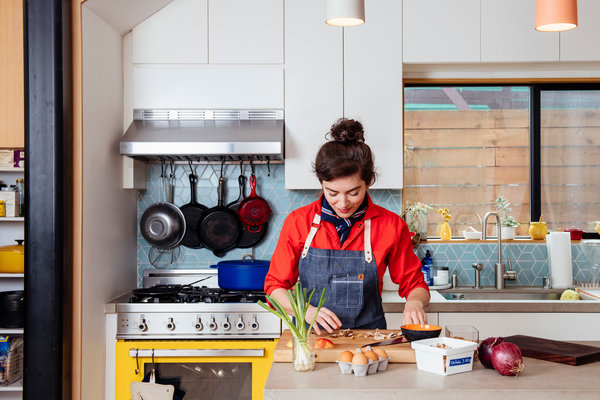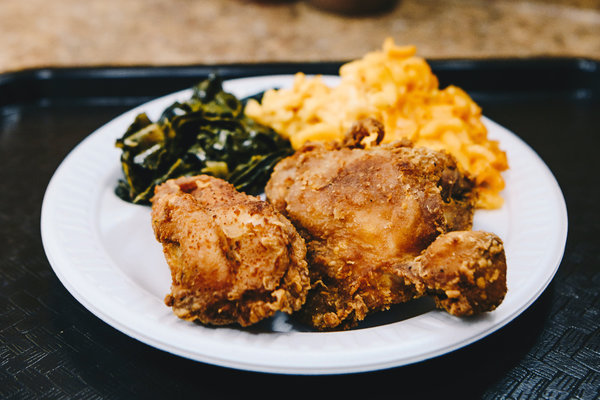In 2011, upon visiting Taavo Somer’s erstwhile Brooklyn restaurant Isa, the New York Times critic Eric Asimov wrote that he “couldn’t help noticing many people eating a few small plates, or sharing a main course.” He wondered, “Is this really how people want to eat nowadays?”
Sharing food has been both a boon and a boogeyman to the restaurant industry since the 1980s, when “grazing” restaurants such as the Casual Quilted Giraffe thrived in Manhattan. Spanish-inspired tapas were chic in the ’90s, and then came Chinese and Middle Eastern restaurants that were — and always will be — meant for family-style eating. Asimov wasn’t the first to bemoan sharing, but his inquiry presaged a decade in New York dominated by a new type of cuisine, one defined less by provenance or a chef’s palate than by the way it was meant to be consumed, with each diner taking a single bite before relinquishing the plate. At Estela, which opened in 2013, there were hedgehog-like piles of pale endive crowned with anchovies; at Wildair, opened in 2015, beef tartare hidden beneath a blizzard of white Cheddar. Both iconic dishes, they adhered to a symmetrically circular plating style and highlighted ingredients (oily fish, raw meat) that exhausted taste buds after just a few forkfuls.
[Coming later this spring: the T List newsletter, a weekly roundup of what T Magazine editors are noticing and coveting. Sign up here.]
Living in the “sharing economy,” we are accustomed to apportioning cars, offices and, yes, plates of food. Lately, though, chefs and diners seem to have grown weary of the communal experience. Two of the most exciting restaurants to have opened in New York within the past year are Benno and Oxalis, both of which serve casual-leaning prix fixe menus. Elsewhere — at Rocco DiSpirito’s revamped Standard Grill and Adam Leonti’s eponymous restaurant — one finds modern renditions of Continental cuisine such as stuffed rabbit and truffled poussin (a young chicken), which can technically be shared but seem designed for one, their textures and flavors varying from bite to bite. At King, an Italian-inspired restaurant that opened in 2016, dishes like quail with braised chicories and tiny potatoes are pointedly, deliciously unsharable. “Sharing is often to the detriment, because then awkward social interactions get in the way of having dinner out together,” says King general manager Annie Shi. “Everyone is staring at the plate — no one wants to touch it.”
Food is always political, and yet this debate seems particularly aligned with our era. With socialism back in the national discourse, what could be a better use of collective resources than collaborating on a meal? But that, like socialism itself, is an impure ideal, as it’s impossible to get through a shared supper without someone (or everyone) feeling like an autocrat: There is the bully who orders for the entire table, the allergy sufferer who regrets forcing her sensitivities upon friends, the hungry person who snags the last lobster ravioli and is then filled with shame. If in other realms it is prudent to share, here is an opportunity for everyone to feel heard by doing the opposite. In that sense, at least, ordering — and eating — for one’s self is downright democratic.







